Black steel pipes are widely used in construction, machinery and various engineering projects. They are important materials for supporting structures and ensuring operation. Their strength and durability are directly related to the safety and effectiveness of the project. But before they are put into use, how do we know whether they are reliable?
At this time, scientific testing methods must be used to check. Especially for standard steel pipes like ASTM A500, only by passing a series of rigorous tests can we ensure that they are really "hardcore and durable". This article will take you step by step to understand what "tests" black steel pipes have gone through before leaving the factory, and how important these tests are to product quality.
Why ASTM A500 Standards Matter in Steel Pipe Inspection?
Before diving into inspection steps, it’s important to understand why ASTM A500 is widely used. ASTM A500 is a specification set by the American Society for Testing and Materials for cold-formed welded and seamless carbon steel structural tubing.
It is the most commonly referenced standard in structural and load-bearing applications. Pipes that meet ASTM A500 undergo strict testing to confirm that they meet requirements for:
Mechanical strength (tensile and yield)
Dimensional tolerance
Surface quality
Chemical composition
Resistance to deformation
For engineers, manufacturers, and procurement specialists, ASTM A500 offers a benchmark for safety, quality, and consistency.
Top Pipe Inspection Methods for Black Steel Pipes
The black steel pipe inspection process includes a mix of manual checks, mechanical testing, and advanced non-destructive testing (NDT). Each step serves a specific purpose to validate the pipe’s condition.
1.Geometric dimension inspection of black steel pipe
The outer diameter, wall thickness, curvature, and length of black steel pipe can be checked on the inspection table using external snap gauges, dry rulers, curvature rulers, and length tapes. The outer diameter, wall thickness and length can also be continuously detected using automatic dimensional detection devices (such as automatic diameter measuring, thickness measuring and length measuring devices). Steel pipe production plants put into operation in the late 1980s generally have online automatic diameter and thickness measurement devices, and length measurement and weighing equipment in the finishing area. For OCTG steel pipes, the thread parameters also need to be checked.
2. Surface Quality Inspection
The next step is checking the surface condition of the pipe—both inside and outside. Inspectors look for visible problems like cracks, rust, dents, scale, or welding defects. This is often done with the naked eye under good lighting, but tools like mirrors and prisms may be used to check inside the pipe.
For higher-grade or special-use pipes, additional methods such as dye penetrant or magnetic particle inspection might be applied. Surface problems, even small ones, can weaken the pipe or reduce its resistance to corrosion. That’s why this check is a basic but important part of the inspection process.
3. Mechanical Property Testing
This step tests how well the pipe can handle stress, pressure, and physical force. Pipes are sampled and tested in a lab using equipment that applies tension, pressure, or impact force. The results show whether the pipe meets ASTM A500's mechanical standards.
Key tests include:
Tensile Strength Test – measures how much pulling force the pipe can handle before breaking
Yield Strength Test – shows when the pipe begins to bend or stretch permanently
Elongation Test – measures how much the pipe can stretch before it breaks
Impact Test – tests how well the pipe can resist sudden shocks (important in cold climates)
These tests ensure the pipe can withstand the loads it will face once installed. If a pipe fails here, it’s rejected and never sent out.
(4) Non-destructive testing
Non-destructive testing refers to a testing method to inspect the surface and internal quality of the inspected components without damaging the working condition of the black steel pipe. This is a testing method to check the surface and internal quality of components without affecting the performance and service life of the workpiece or raw materials.
The principle of non-destructive testing is to detect these defects by utilizing various physical and chemical properties of substances and the existence of defects. Commonly used non-destructive testing methods include X-ray testing, ultrasonic testing, eddy current testing, magnetic particle testing, etc. These methods can detect defects on the surface and inside the workpiece with good reliability.
(5) Metallographic examination
Metallurgical inspection is a very important metal material inspection method, which is generally carried out by microscopic observation, microhardness measurement, fracture analysis and other methods.
Black steel pipes are tough—but only when they pass the right tests. From basic visual checks to high-tech ultrasonic scans, each inspection step confirms that the pipe is ready for the job. Whether you're building a skyscraper, a bridge, or a mechanical system, choosing ASTM A500 pipes that have been thoroughly inspected is one of the smartest moves you can make. In the world of steel, quality isn't just an option—it's a requirement.






 English
English Español
Español بالعربية
بالعربية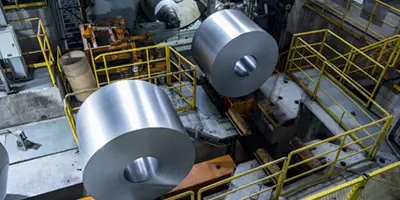
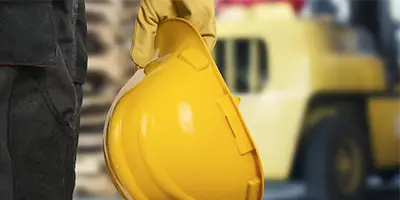
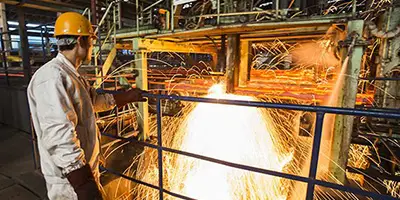
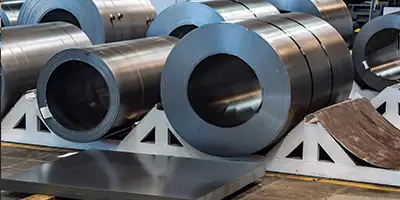

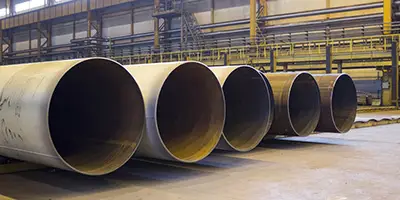

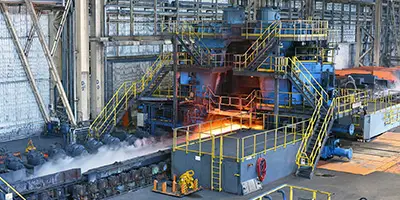
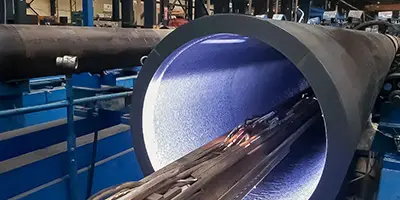
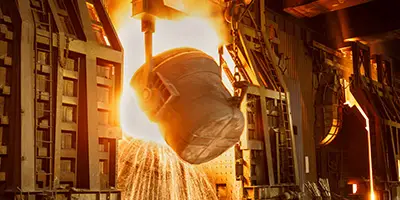
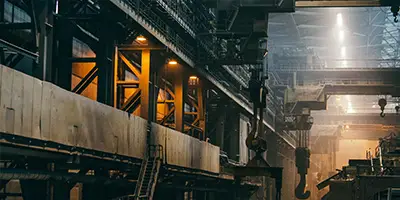
 Phone :
Phone :  Whatsapp :
Whatsapp :  Email :
Email : 


